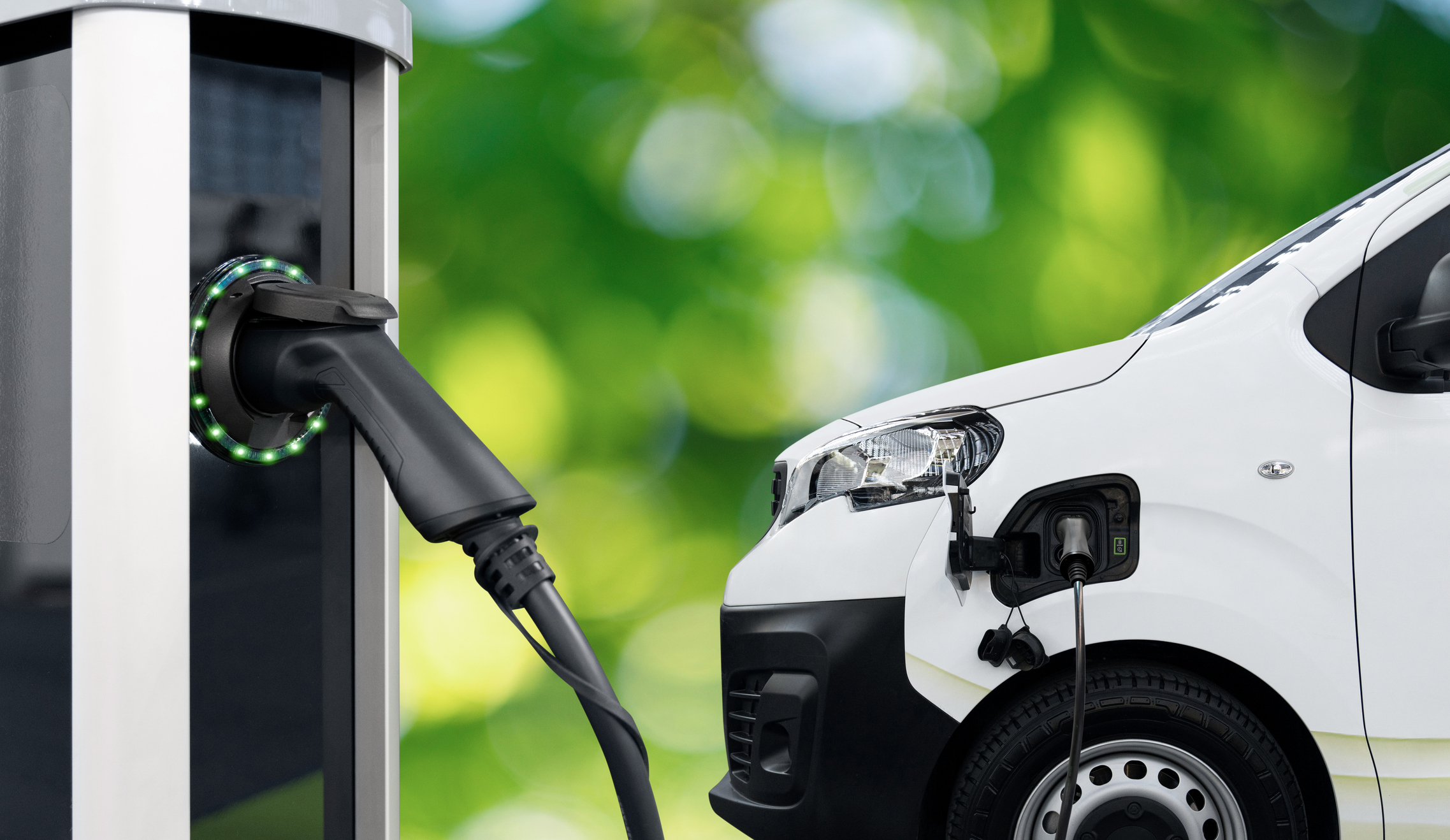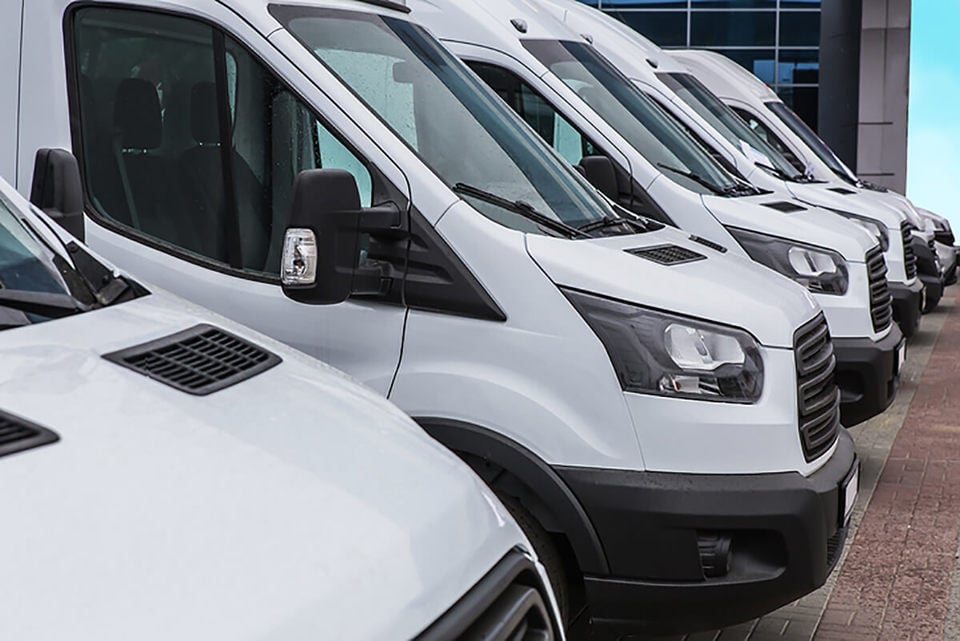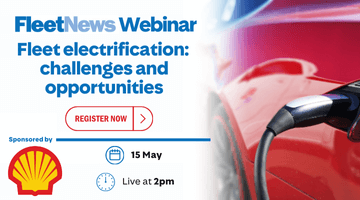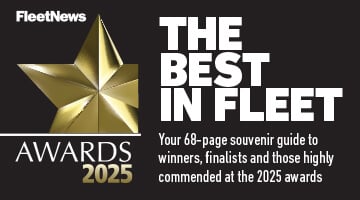Holman has welcomed proposed changes that would permit heavier electric vans to undergo testing outside the HGV MOT network, alleviating capacity concerns.
However, the leasing and fleet management provider does not want the frequency of testing to change.
The Government launched a consultation - ‘Zero emission vans: regulatory flexibility’ – in December 2024, to reduce the barriers to electric van adoption by defining the regulations for vehicles that fall within the 4.25-tonne derogation.
The main proposals in the consultation were to: transfer the annual testing of zero emission goods vehicles, with a GVW of 3.5t to 4.25t, from the heavy vehicle testing system to the MOT network, with the tests used for 3t to 3.5t goods vehicles put in place.
It also suggested amending the annual testing schedules for heavier electric vans, with a MAM of 3.5t to 4.25t, so their first test is after three years from first registration and annually thereafter.
Furthermore, the consultation proposed removing electric vans with a MAM of 3.5t to 4.25t (and when used with a trailer in a combination with a MAM up to 7t) from the requirements for tachograph use, the assimilated drivers’ hours rules and specific road transport working time rules when used within Great Britain.
Holman is also calling for the removal of tachograph mandates for certain electric vans exceeding 3.5 tonnes MAM.
The van consultation was launched alongside the Government's ZEV mandate and 2030 ICE car and van ban consultation.
The Government published its response to the ZEV mandate consultation this month (April), confirming the phase out dates for petrol and diesel cars and vans.
It has not yet responded to the electric van consultation, which closed on March 3, a couple of weeks after the ZEV mandate consultation.
Holman wants a hybrid testing regime introduced that addresses the unique challenges of electric LCVs, identified by the Government recently as it announced a softening of the EV mandate.
With the leasing company managing, servicing and maintaining tens of thousands of vans for customers – including BT Group, which recently lodged its largest ever order of electric vans – Holman says it is uniquely positioned to understand the challenges.
Dominic Hutchinson, Holman’s head of operations, explained: “We fully support the transfer of annual testing for zero-emission commercial vehicles with a MAM of 3.5t to 4.25t from the heavy vehicle testing system to the MOT network.
“The HGV MOT network already struggles with capacity, and adding what could be a considerable number of extra units to those repairers will only exacerbate the situation.
“Taking advantage of the large number of independent MOT stations makes far more sense and is far less likely to impact asset operators.”
However, Holman believes that annual testing of these vans should continue until there is sufficient evidence that the extra weight of these vans is not having a detrimental effect on parts and safety.
“The issue with moving to a three-year first MOT regime is that we’re not going to get any statistically relevant data from the DVSA until the end of this decade at the earliest - and that’s assuming many of these vans come into use in the next year or two,” said Hutchinson.
“That’s too long to wait to find out what’s going on in terms of compliance.”
“We believe these vans should be subject to a hybrid regime, taking advantage of the capacity of the Class 7 MOT network while applying the annual testing of the HGV regime,” he added.
To implement this, Holman says that there needs to be clear guidance on when and how this new regime will work so that repairers are ready in time, with new regulations on appropriate equipment and an agreement on what needs to be tested.
“HGV MOT testing typically requires specialised ramps with features like suspension play detectors to meet existing DVSA standards,” Hutchinson continued.
“There will need to be alignment on what is tested under the new regime.”

Holman also believes that tachographs should be removed for the latest models.
In-cab active safety systems, which are now required by legislation, should make heavier vans as safe as lighter ones, while the current requirement for tachographs for vans that travel further than 62 miles from base just causes confusion for operators.
Hutchinson explained: “In terms of removing the need for tachographs and driver hours legislation, we should see a reduction in overhead costs for all operators, which will help facilitate the transition to zero-emission vehicles.”
“However, we need to ensure this does not come at the expense of road safety, so a balance must be struck. This is a critical issue for the adoption of these vehicle types.”
Holman, which runs a network of 2,000-plus SMR sites, said it would consult with its MOT partners to ensure they are prepared for any changes and capable of handling increased volumes.
“Ultimately, making it easier and cost-effective to run heavier zero-emission electric vans is a welcome step, and the Government’s plans seem entirely reasonable,” Hutchinson added.
“But there will be challenges, as there always are. At Holman, however, we are ready for these changes. With our expertise in running electric vans, we are well aware of the requirements.
“The sooner we can make the transition to electric happen in a financially and economically viable way without incurring further operational challenges the better.”
Read best practice advice on the challenges and benefits of electric vans from Fleet News.





















Login to comment
Comments
No comments have been made yet.